24 Feb Lighting for Narrative Cinema
While it can be very similar to videography and even dramatic photography, narrative cinematic work can also be extremely different. First and foremost you are always servicing the story. Each decision made by the DoP (Director of Photography / Cinematographer) and gaffer (chief lighting technician) is to accent the story and the characters within. Each light source must be inspired by where the film’s scene is based, and be used as a tool to further the progression of the story itself. Character’s stories, personalities, and even moods can be told through the lighting alone. As an example to help guide you along my thought process, I will provide screenshots from one of my recent short films: “The Dotted Line.”
The opening shot of The Dotted Line was a long dolly back to reveal the character within the scene of the country sports bar.
This location was key to the main lighting design for this production. I was originally searching for a home but ended up falling into this country-style sports bar on chance (sometimes things work out for the better!) Now, the location is where the lighting design begins. First, we take a look at what the spot gives us in terms of existing lighting. In this particular space, we sat our character just next to a large open window. This means our main light source would be the sun. I wanted to go with a dingy, midday bar feel, so I used the power of the sun and diffused it with the location’s beige shades. This gave me plenty of power to have a key source but diffused it enough to keep that gloomy look I was after. However, working with the sun can be tricky. It is very powerful and provides clean, natural light, but you have to manage time as the position of the sun shifts quickly throughout the day. This shoot in particular was done over a 2-day span, with a 7am to 5pm call and wrap, allowing for plenty of time with semi-consistent sun power.



No Comments